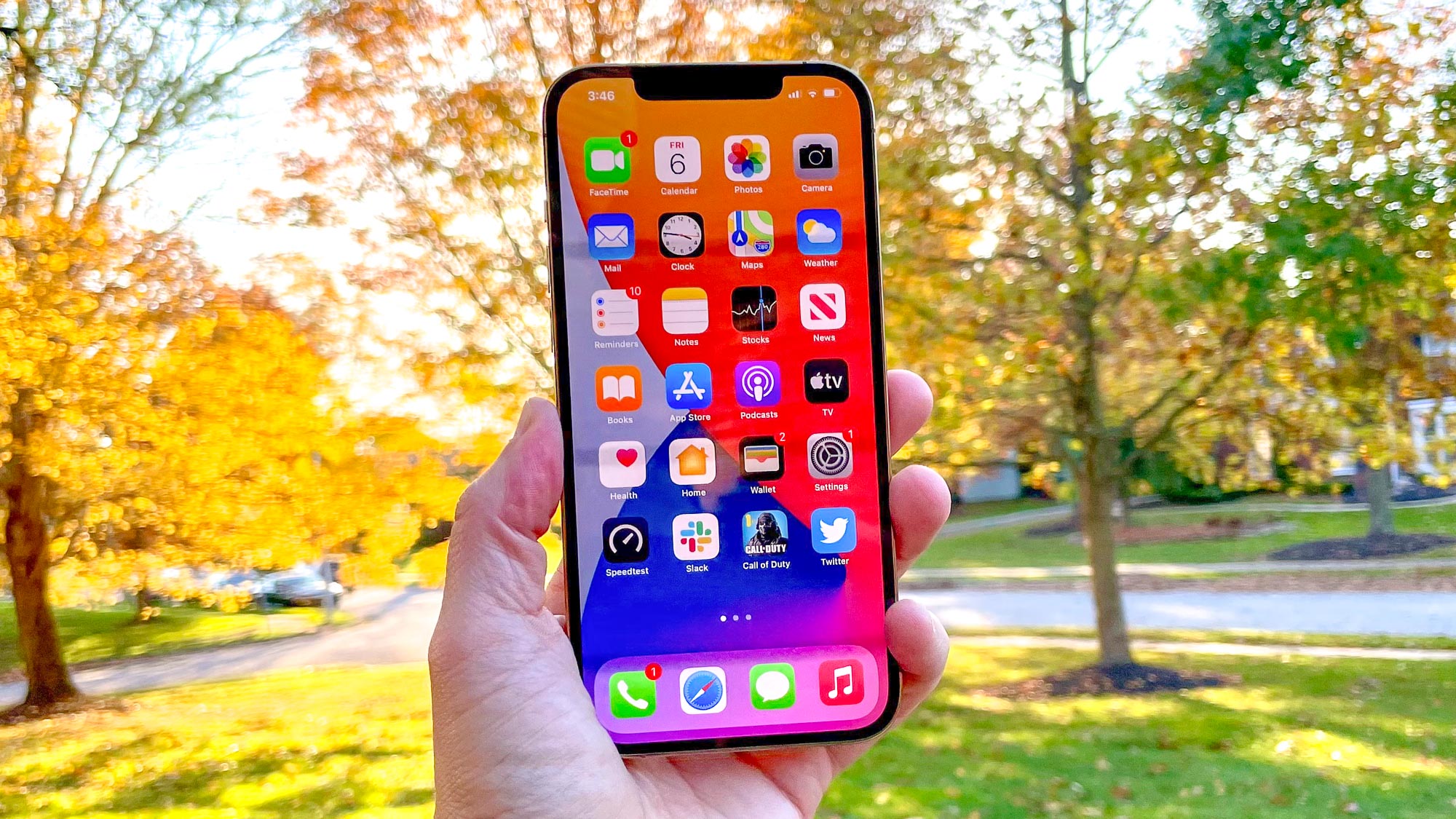iPhone 13 could get a major 5G boost — here’s why
A lot more iPhone 13s could support mmWave 5G

Apple made a big step by adding 5G connectivity to the iPhone 12, but it may be taking that even further with the iPhone 13 range. In fact, Apple may have to expand its supply chain to supply all the extra 5G parts it needs.
That’s according to a report from DigiTimes, which claims Apple is bringing more 5G suppliers into the fold. It’s believed that this ties into existing rumors about the company offering mmWave 5G in new countries.
- Here are the best 5G phones you can buy right now
- Everything we know about the iPhone 13
- Plus: Apple Watch 7 tipped for huge battery life boost
According to DigiTimes’ report, Apple’s plan is to increase the number of mmWave 5G devices to include 60% of the 2021 iPhone lineup. According to estimations, that would be close to 90 million units.
Sources also tell DigiTimes that each mmWave iPhone 13 would need four Antenna in Package (AiP) modules, which has been driving up demand. That's why Apple has reportedly been working with five different suppliers of AiP substrates.
The iPhone 12 was already capable of offering both Sub-6 Ghz 5G and the significantly faster mmWave 5G connectivity. mmWave is considered the better of the two, since it can offer significantly faster speeds than sub-6 and 4G/LTE connections.
However, mmWave signals don't travel very far, and has issues going through walls, which means it’s not as reliable (or widely available) as sub-6 5G, which doesn’t suffer from the same limitations.
The iPhone 12’s mmWave connectivity was only available within the United States, while the rest of the world were forced to stick with sub-6 5G — regardless of whether mmWave networks were available in that region. But that may be changing.
Get instant access to breaking news, the hottest reviews, great deals and helpful tips.
Apple analyst Ming Chi-Kuo has already reported that mmWave 5G will be available for international iPhone users. This report on an increase in mmWave-compatible devices would seem to corroborate that.
The only question is which countries will get mmWave support on the new iPhone 13. It’s unreliable nature means that a lot of global carriers have focussed on sub-6 5G infrastructure so that some level of 5G can reach more people. So there are a number of major countries, like the U.K. that have zero mmWave coverage.
Still, more iPhone capable of using mmWave networks might kick carriers into gear and expand their mmWave 5G rollout.
There should be a notable 5G upgrade for those in the U.S. as well, as the iPhone 13 will likely feature a new Qualcomm X60 or X65 modem. This will be able to combine sub-6GHz and mmWave for even better performance.
- More: 5G speed vs 4G performance: Comparing the difference

Tom is the Tom's Guide's UK Phones Editor, tackling the latest smartphone news and vocally expressing his opinions about upcoming features or changes. It's long way from his days as editor of Gizmodo UK, when pretty much everything was on the table. He’s usually found trying to squeeze another giant Lego set onto the shelf, draining very large cups of coffee, or complaining about how terrible his Smart TV is.
